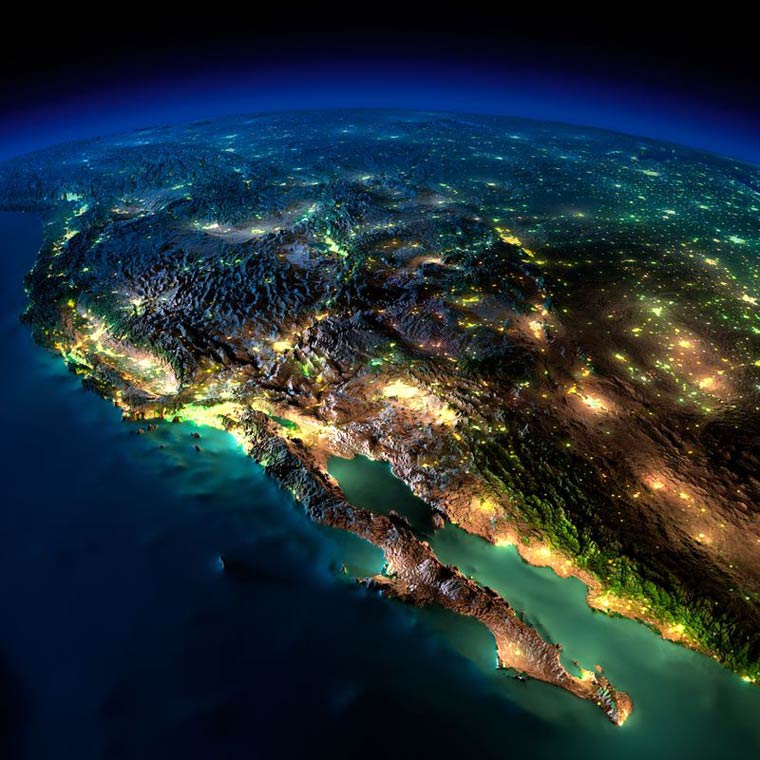

Suomi-NPP, operated by the National Oceanic and Atmospheric Administration, flies in an orbit 500 miles high, synchronized to the sun, so it only passes over any given location at a local time of about 1:30 P.M. Only one Day Night Band sensor is aloft today. The data can also improve day-to-day weather forecasts for communities in high latitudes that endure perpetual darkness for months on end without critical nighttime information about the changing weather mix around them. Forecasters can use this information to predict how clouds will affect nighttime temperatures on the ground and to assist pilots in avoiding hazardous icing conditions on aircraft. What is more, scientists are beginning to merge the Day Night Band data with software to specify how much moonlight is present on a given evening, helping them determine a cloud's reflectance and therefore how much moisture it holds. The Day Night Band, very useful on its own, also complements infrared sensors, which have trouble identifying low clouds and snow cover that tend to blend into their surroundings at night. And they have improved forecasters' ability to warn residents about the path of hurricanes, helped firefighters monitor shifting plumes of deadly smoke and directed lost ships away from moving sea-ice flows. In the past three years researchers who work with the sensor have seen fascinating features of Earth's forces, including great waves of energy launched high into the atmosphere by violent thunderstorms.

Even on a moonless night, the sensor can discern clouds and snowfields, illuminated by the atmosphere's own faint, nocturnal glow. Part of the Visible Infrared Imaging Radiometer Suite flying on the Suomi-NPP satellite, the instrument is so sensitive that it can measure the glow of a single streetlamp, the deck light of a lone boat in the middle of a pitch-black Atlantic Ocean or a flickering gas flare in the vast North Dakota oil fields.

Yet when night overtakes a continent or ocean, scientists and forecasters suddenly lose important satellite imagery in the visible-light range-information that can reveal swirling storms, the choking smoke of wildfires, massive chunks of sea ice that threaten ships, and much more.Ī new sensor called the Day Night Band is beginning to fill that void. No one likes to be “in the dark” about what is going on around them, especially in times of peril.


 0 kommentar(er)
0 kommentar(er)
